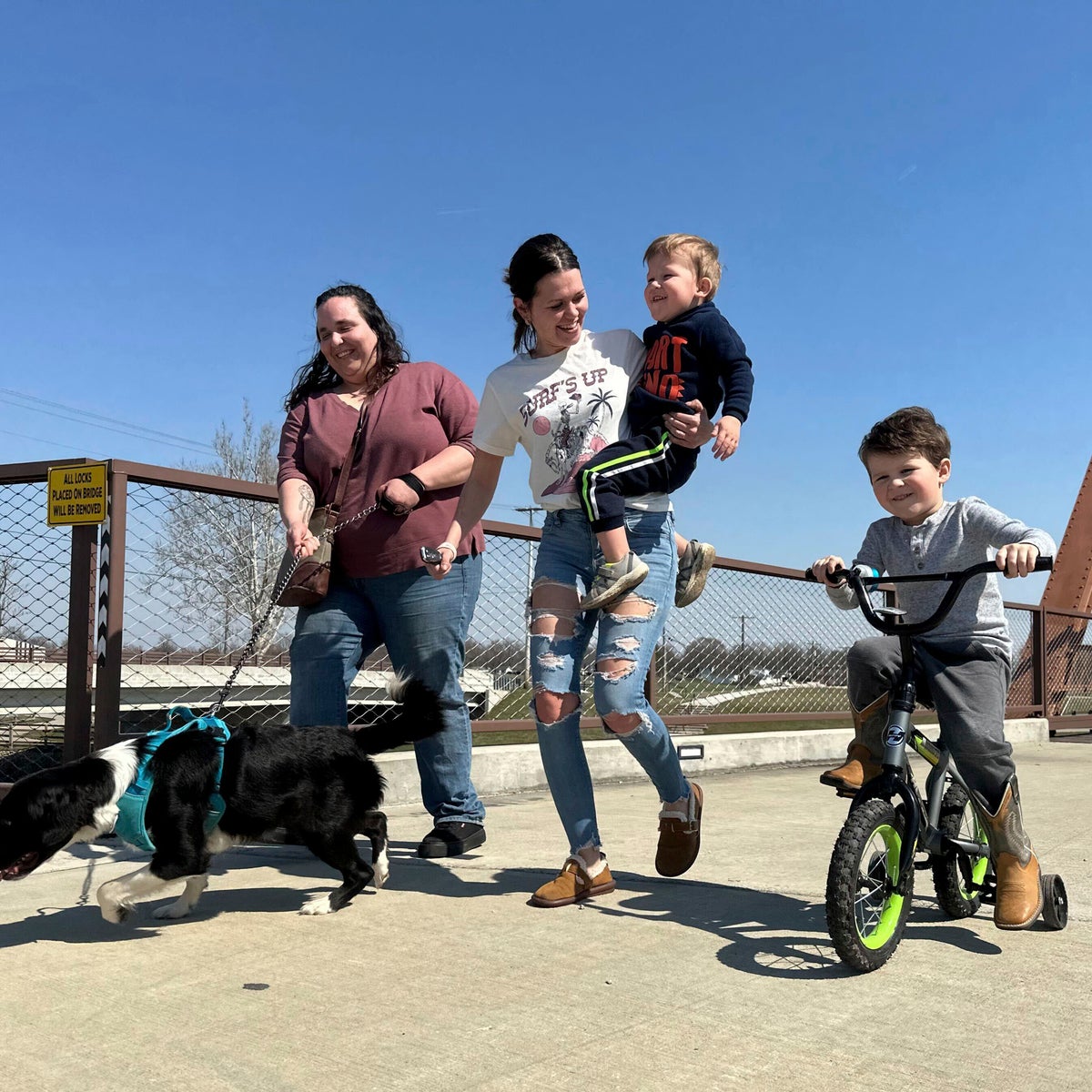When Mike O’Neil first opened his bicycle repair shop in Muncie, Indiana, the Cardinal Greenway trail nearby spanned just 2 miles south. Today, it stretches 33 miles beyond, but O’Neil envisions a grander future: he hopes the trail, born from eastern Indiana’s old railroad tracks, will eventually become a vital link in the proposed Great American Rail-Trail—a continuous network of walking and biking routes from Washington state to Washington, D.C.
“As the trail gets longer, more and more people use it,” said O’Neil, a seasoned cyclist who owns the Greenway 500 Bike Shop. “It would be a wonderful blessing to have it all connected.”
The Biden administration recently initiated applications for a new grant program, marking the first time priority is given to not just building trails, but connecting existing ones. Although the bipartisan infrastructure law set aside up to $1 billion over five years for the program, Congress has thus far allocated less than $45 million. Nonetheless, trail advocates stress that the commitment itself is significant.
“The number is not as big as we want it to be, but the fact it’s happening is huge,” said Brandi Horton from the Rails to Trails Conservancy. “The administration is understanding in a way we’ve never seen before the role that active transportation has in helping people get around the places where they live.”
Shailen Bhatt, Federal Highway Administrator, emphasized the importance of active transportation in reducing greenhouse gas emissions, likening it to the significance of electric vehicles. He cited the necessity of fully developing these networks to ensure accessibility for all.
Expecting a competitive grant process, officials anticipate applications from communities along the planned route of the 3,700-mile Great American Rail-Trail. While significant progress has been made, especially in 12 states and the nation’s capital, substantial gaps persist, particularly in rural Western states like Montana and Wyoming.
Efforts to close these gaps face unique challenges, from terrain obstacles to legal complexities. Despite these hurdles, advocates remain steadfast in their commitment to realizing the vision of a connected trail network spanning the continent, enriching communities and promoting health and well-being along the way.



